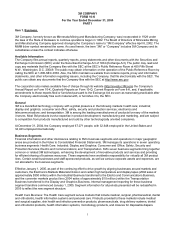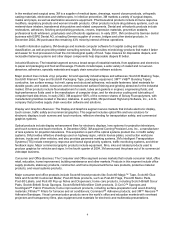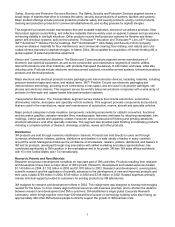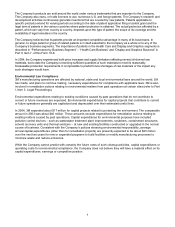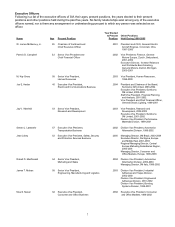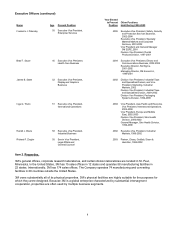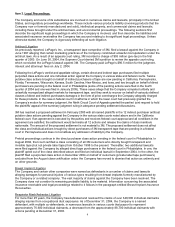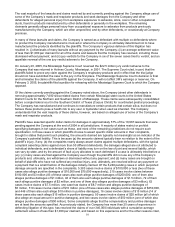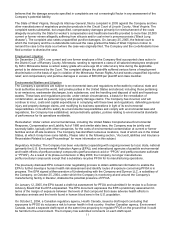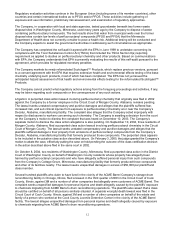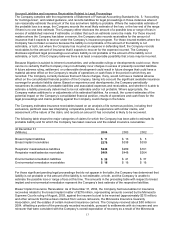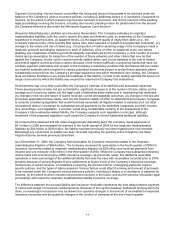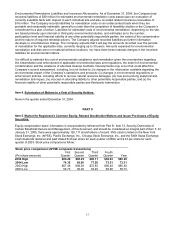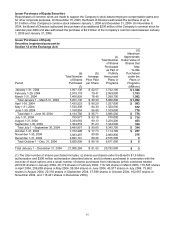3M 2004 Annual Report Download - page 32
Download and view the complete annual report
Please find page 32 of the 2004 3M annual report below. You can navigate through the pages in the report by either clicking on the pages listed below, or by using the keyword search tool below to find specific information within the annual report.6
The Company’s products are sold around the world under various trademarks that are important to the Company.
The Company also owns, or holds licenses to use, numerous U.S. and foreign patents. The Company’s research and
development activities continuously generate inventions that are covered by new patents. Patents applicable to
specific products extend for varying periods according to the date of patent application filing or patent grant and the
legal term of patents in the various countries where patent protection is obtained. The actual protection afforded by a
patent, which can vary from country to country, depends upon the type of patent, the scope of its coverage and the
availability of legal remedies in the country.
The Company believes that its patents provide an important competitive advantage in many of its businesses. In
general, no single patent or group of related patents is in itself essential to the Company as a whole or to any of the
Company’s business segments. The importance of patents in the Health Care and Display and Graphics segments is
described in “Performance by Business Segment” – “Health Care Business” and “Display and Graphics Business” in
Part II, Item 7, of this Form 10-K.
In 2004, the Company experienced both price increases and supply limitations affecting several oil-derived raw
materials, but to date the Company is receiving sufficient quantities of such materials to meet its reasonably
foreseeable production requirements. It is impossible to predict future shortages of raw materials or the impact any
such shortages would have.
Environmental Law Compliance
3M’s manufacturing operations are affected by national, state and local environmental laws around the world. 3M
has made, and plans to continue making, necessary expenditures for compliance with applicable laws. 3M is also
involved in remediation actions relating to environmental matters from past operations at certain sites (refer to Part
I, Item 3, Legal Proceedings).
Environmental expenditures relating to existing conditions caused by past operations that do not contribute to
current or future revenues are expensed. Environmental expenditures for capital projects that contribute to current
or future operations generally are capitalized and depreciated over their estimated useful lives.
In 2004, 3M expended about $17 million for capital projects related to protecting the environment. The comparable
amount in 2003 was about $40 million. These amounts exclude expenditures for remediation actions relating to
existing matters caused by past operations. Capital expenditures for environmental purposes have included
pollution control devices – such as wastewater treatment plant improvements, scrubbers, containment structures,
solvent recovery units and thermal oxidizers – at new and existing facilities constructed or upgraded in the normal
course of business. Consistent with the Company’s policies stressing environmental responsibility, average
annual capital expenditures (other than for remediation projects) are presently expected to be about $23 million
over the next two years for new or expanded programs to build facilities or modify manufacturing processes to
minimize waste and reduce emissions.
While the Company cannot predict with certainty the future costs of such cleanup activities, capital expenditures or
operating costs for environmental compliance, the Company does not believe they will have a material effect on its
capital expenditures, earnings or competitive position.









